The United Arab Emirates (UAE) is a Middle Eastern country located near the Strait of Hormuz. It borders Oman and Saudi Arabia and has good connections with other Gulf states such as Qatar and Bahrain. Facing the Persian Gulf to the west, it is a major route for maritime trade.
The UAE is made up of seven emirates: ABU Dhabi, Ajman, Dubai, Fujairah, Cape Khaimah, Sharjah, and Umm Qaywan. ABU Dhabi is the capital and Dubai is the most populous emirate.
The UAE is a member of several intergovernmental organizations such as the United Nations, the Gulf Cooperation Council (GCC), the Arab League, and Opec. The country has large oil and gas reserves. It ranks sixth in the world in oil reserves and seventh in natural gas reserves.
The main sources of revenue are oil and tourism. Ports in the UAE are connected to other modes of transport by road and air. Two national airlines – Emirates and Etihad Airways – specialize in cargo and cargo services from these ports to all parts of the world. The tourism, oil, and industrial sectors are the main sources of revenue for the UAE.
Given its huge seaborne importance, Dubai and the UAE’s ports have played an important role in the country’s development and growth.Dantful will look at the top 10 ports in the UAE. Lokode and Emirates are also mentioned.
These ports are major shipping hubs throughout the various emirates. Note that Locode begins with the prefix AE-, indicating ports located within the territorial waters of the UAE.
Ports in this list are grouped by the emirate to which they belong. In Arabic, the word “Mina” means port or seaport. Most ports are also denoted by using Mina before their name. For example, Khalifa Port (located in ABU Dhabi) is also known as Mina Khalifa.
1.Port Mustafa (AEAMF) ABU Dhabi
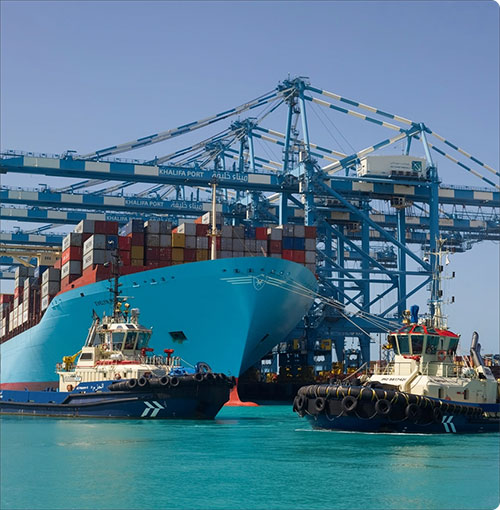
Located in the Musafa Industrial Zone, the port is ABU Dhabi’s second oldest port after Mina Zayed. It is a deep-water port that stretches along the 53-km-long Musafa Strait. The waterway provides a navigable canal through which the port is directly connected to the Persian Gulf. Dredging operations are underway to increase the waterway’s draft.
Mustafa is a predominantly industrial area, as is the port. There are few passenger facilities here. There are several industries and factories along the port. These include steel processing, shipyards, drilling platforms and offshore construction, dredging, commercial construction, and shipping.
Musafa Port has advanced facilities to handle the arrival of various cargo ships. It can handle general cargo, general cargo, solid bulk cargo, and ro-ro ships. There are also large commercial warehouses available for leasing by companies in the port for the storage and distribution of goods.
The facility is well connected to the surrounding area by road and rail. The Etihad Rail project, which aims to achieve national rail connectivity, has made the port network one of its goals.
Mustafa is one of the first ports to be linked, along with Jebel Ali and Mina Khalifa. This will establish connections to neighboring Saudi Arabia and Oman, as well as other transshipment ports. It will also be connected by road to ABU Dhabi International Airport.
The port is also the headquarters of the ABU Dhabi Ports Maritime Training Centre, which provides international certification for seafarers. The course is globally recognized by Lloyd’s Register of Shipping and the UK Maritime and Coastguard Agency (MCA).
2.Khalifa Port (AEKHL) ABU Dhabi
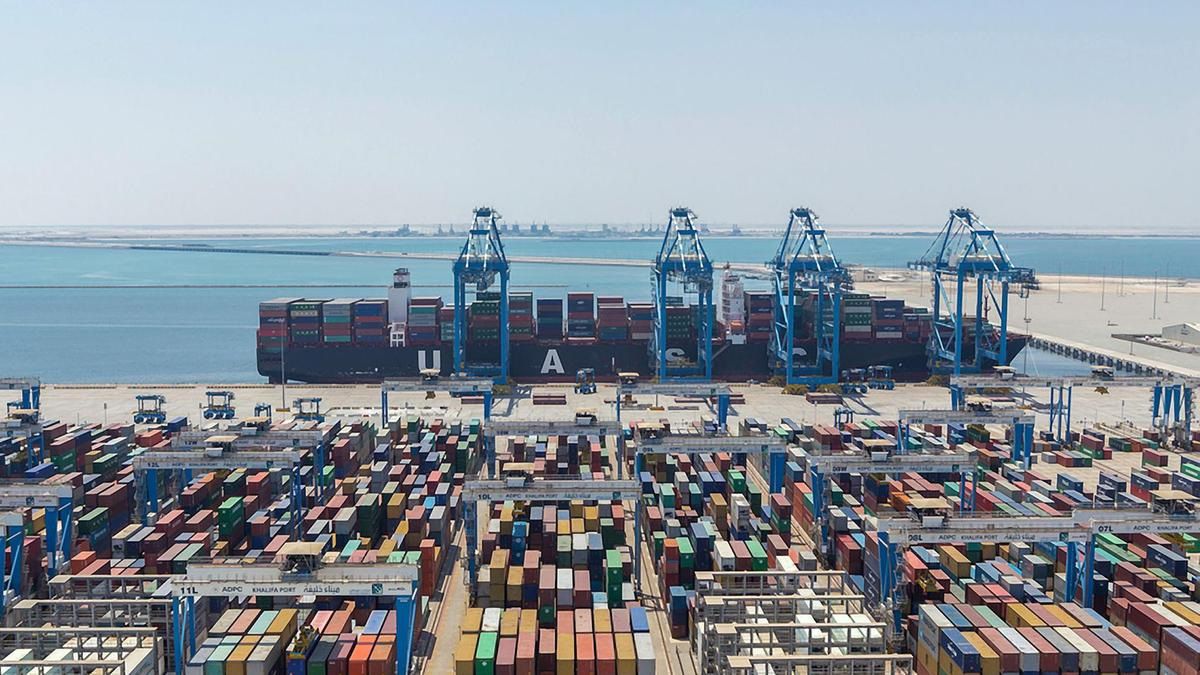
As ABU Dhabi’s flagship port, Khalifa Port is one of the largest deep-water ports in the world. Located near the offshore port of Taweelah, the project is currently under construction and is scheduled for completion in 2030. It is part of ABU Dhabi’s Khalifa Industrial Zone (KIZAD), which serves Dubai and the emirate of ABU Dhabi and extends to the sea through land reclamation. Island. The industrial zone covers more than 400 square kilometers and generates a lot of cargo and container traffic.
Khalifa Port is designed to replace cargo operations at Mina Zayed Port and has begun handling container ships diverted from the port. The proposed construction is divided into five phases.
The first phase started after the completion of the port in September 2012. The second phase was launched in 2013. The two phases, to be completed in 2020 and 2021 respectively, will double the current container handling capacity.
The port, which serves container ships through a 30-year contract with ABU Dhabi Terminals (ADT), currently handles 1.5 million TEUs per year. The current capacity is 2.5 million TEUs and 8 million tonnes of cargo.
When the full phase is completed, the port will be able to handle 15 million TEUs and 300,000-35 million tons of cargo. Dredging activities have formed a port with a depth of 16 meters. Since Khalifa Port is an artificial island, it is connected to the mainland by a causeway located near Ras Ganada Coral Reef.
The port will have 7.4km of terminals, 22 container berths, 63 general cargo berths, and six dry bulk cargo berths. Customs, entry-exit, inspection, security, and other service facilities are fully equipped. The port emphasizes technology and infrastructure automation.
Container terminals are semi-automated, inventory stacks are fully automated, and tracking services are integrated into the movement of goods. More than 25 shipping lines operate from the port to 70 international destinations.
There are 42 automated stackers, 20 straddle trucks, and 12 ship-to-shore cranes in operation at the port. The 12 STS Super Post Panamax cranes are provided by Shanghai Zhenhua Heavy Industries (ZPMC) and are the largest cranes in the world as of 2016.
3. Meena Zayed (AEMZD) ABU Dhabi
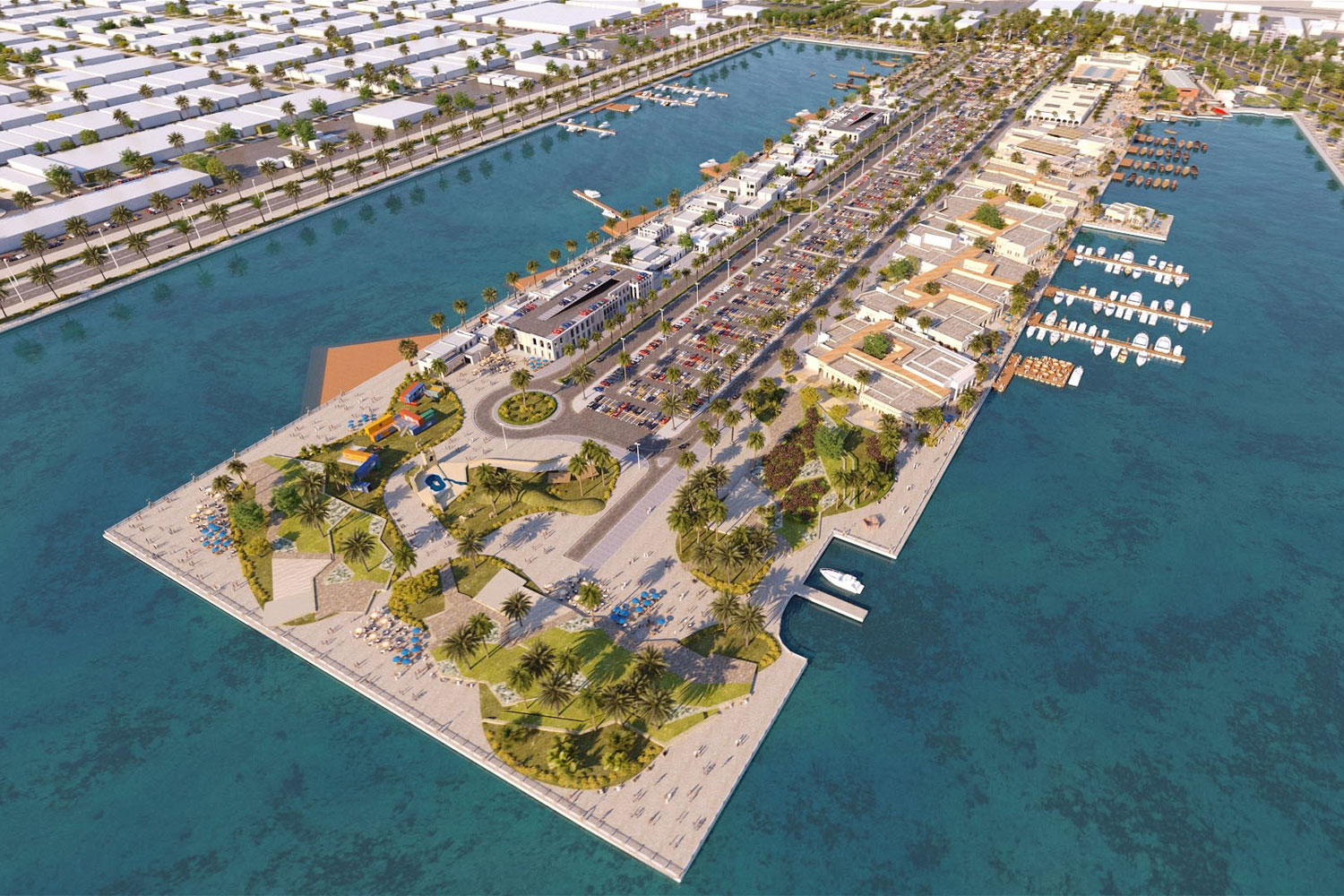
Zayed Port is ABU Dhabi’s important deep-water seaport, operating since 1972. It serves the majority of ships sailing along the Gulf Coast and covers an area of 25 square kilometers. The old container terminal, which accounts for nearly 10 percent of the total area, will be able to store 15,000 TEUs when completed.
The terminals are now closed after container handling was fully transferred to Khalifa Port. Rows of storage warehouses hold general cargoes, and bulk groceries and use temperature controls to keep transit cargoes at their peak.
Mina Zayed also allows companies to store and distribute cargo directly within the port, reducing transit times. The cold storage area can accommodate more than 15,000 tonnes of frozen import and export cargo.
The port has 21 berths for ro-ro, project cargo, refrigerated equipment, general cargo, and petroleum products. The initial 17 berths have been expanded to serve a larger number of ships and handle more cargo tonnage.
The dock is more than 3km long and has a maximum anchorage depth of 15m. However, berths 10 to 13 are only six meters deep and are used only by low-draft vessels with the smallest load capacity.
Ships sailing into Mina Zayed can be refueled directly from the ABU Dhabi National Oil Company’s (ADNOC) fuel depot at a discounted price. The port also houses an engineering department for ship repair and maintenance.
There is also a dhow port near Mina Zayed. Vessels such as rig supply boats, tugs, pleasure dhows, personal boats, and small motor powerboats are moored here. The port is serviced by ABU Dhabi National Oil Company (ADNOC), has service and repair equipment, and has a direct connection to Zayed Port.
Previous container plans were canceled after Khalifa Port was opened in September 2012. Facilities that have now closed include an 800m pier, several heavy cranes, and a proposed expansion of Saadiyat Island.
The satellite port facility is planned to double as a free trade zone that can handle more container ships. To restore these, ABU Dhabi Ports plans to transform the Zayed port into a luxury cruise hub. AIDA and Celebrity Cruises have begun offering cruise services from the port and are working to transform it into a passenger port.
4.Sharjah Khor Al Fakkan Port (AEKLF)
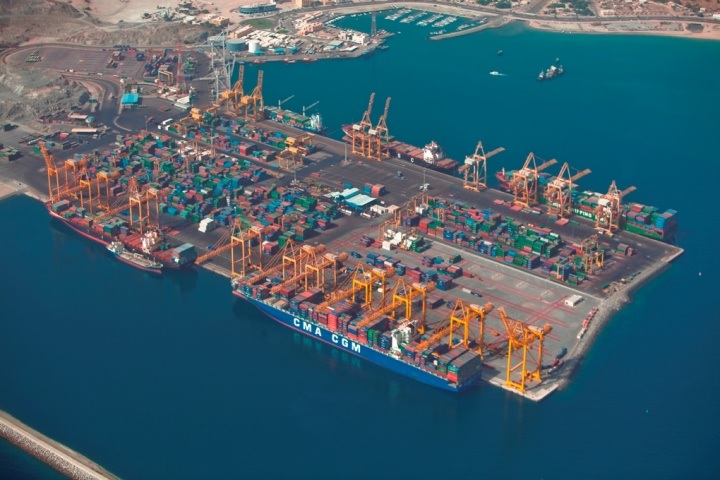
It is located on the east coast of the Musandam Peninsula, bordering the Gulf of Oman. It is one of the world’s largest transshipment ports, serving ships on the east-west route across the Indian Ocean. It is primarily a container and cargo handling port, serving the area around Sharjah.
The port has six terminals with a total length of more than 2km and an average anchorage depth of 16m. The port facilities cover an area of more than 700,000 square meters, with 450,000 square meters of on-site storage. The Khor Fakkan Container Terminal, known as KCT, has a storage capacity of 45,000 TEU. The company also has an LCL and unpacking yard at the site for handling LCL cargoes. Facilities are available to handle up to 1,000 reefers at a time.
To service incoming ships, the port has 20 large container cranes. These machines can service super-Panamax ships. There are 26 gantry cranes, 30 container loaders, and 116 dock tractors.
The construction of another four Megamax Tandem Lift cranes is also in progress. The Sharjah government is working on an expansion to overcome the port’s geographical isolation.
5.Meena Rashid (AEDXB) Dubai
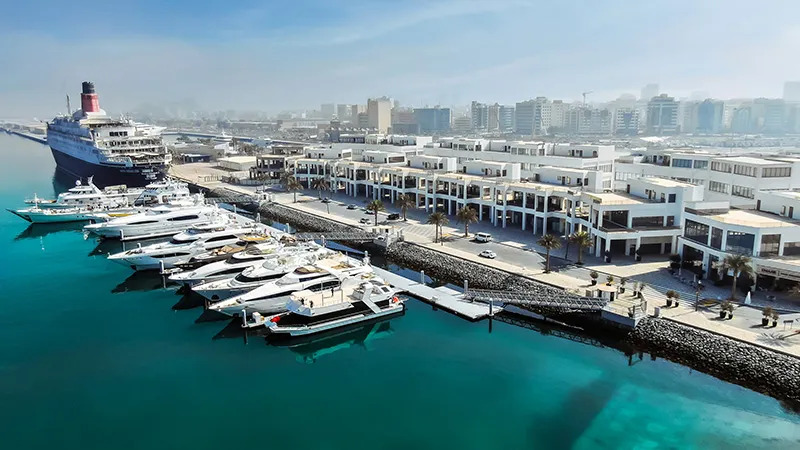
Port Rashid is Dubai’s important passenger and cargo port and the emirate’s first commercial port. It handled container and cargo operations until they were transferred to Jebel Ali.
The port opened in 1972 as a small trading port, handling less than 100,000 TEUs. Today, it has a capacity of 1.5 million TEUs as well as state-of-the-art technology and new equipment. It is owned and managed by DP World.
The hub is being gradually transformed into a fully passenger and cruise ship port for Dubai. Jebel Ali started handling cargo operations in 2008 and fully converted its operations in 2018. Mina Rashid is currently undergoing expansion and redevelopment.
It handles ro-ro, ro-ro passenger ships, regular passenger ships, and cruise ships. The port also has a small cargo business. Large-scale property development is planned along the water’s edge to transform the port into a major tourist attraction. Cunard Lines and Carnival Corporation now have an agreement in place to begin operations at the port by the end of 2020.
The Dubai Dry Dock, located near Minar Rashid, has been in operation since 1983. It is the largest dry dock facility on the Persian coast. Dubai Maritime City is also near the port and is scheduled to open in 2021. It is divided into the maritime Centre, industrial zone, academic zone, Marine zone, Harbour Residence, and Harbour office.
6. Mina Hamria (AEHAM) Dubai
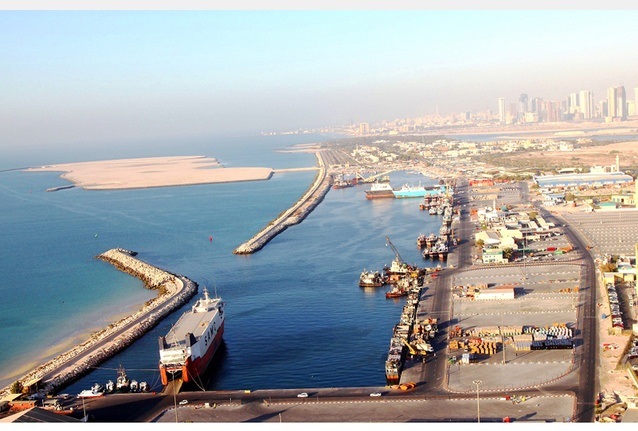
Located on the mainland of Dubai, separated from the Persian Gulf by the Deira Islands, the port is an important trade and passenger port and is close to Port Rashid.
Al Hamriyah is not to be confused with Mina Hamriyah Port, which is located in Sharjah’s Freeport zone. Although it is a small port, it handles most of the area’s livestock, fish, frozen and fresh food, and passenger transport.
It was built to take pressure off Dubai Creek. The Palm Deira, a luxury residential complex facing the harbor, is in the final stages of construction.
The port is currently managed by Dubai Ports World and is undergoing expansion to add 2.5km of marina length. It handles trade with Asia, parts of Africa, and Europe.
The port is also close to the Al Hamriyah Civil Defense station and the Passport Control Department. It is closely connected to other emirates through an extensive road and rail network. In addition, Dubai International Airport is just a short drive away.
7. Port of Jebel Ali, Dubai (AEJEA)
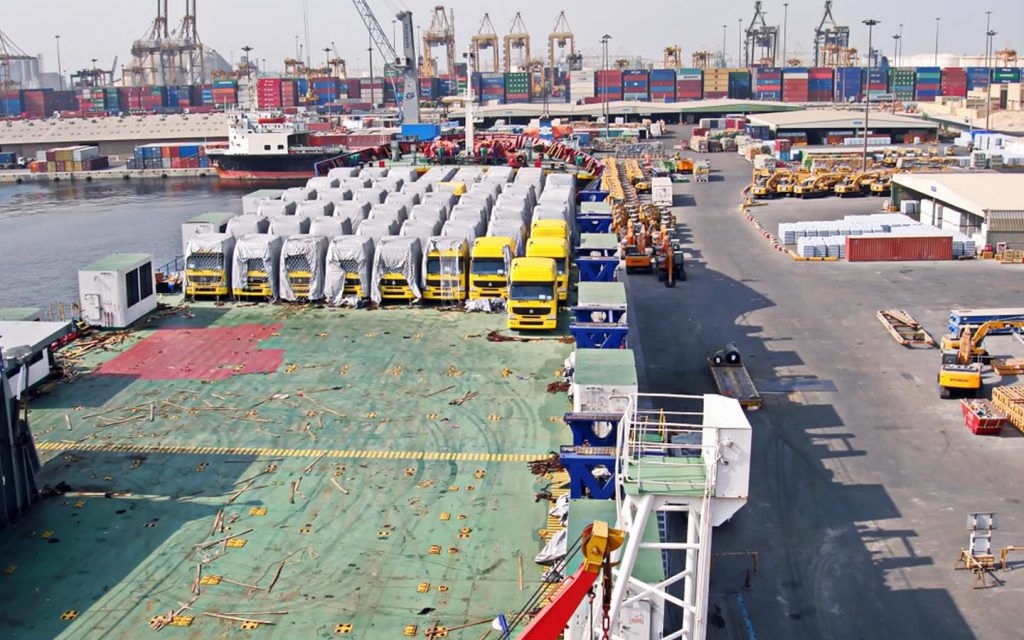
Mina Jebel Ali Port is Dubai’s main port, handling more than 15 million TEUs in 2019. The port was built in 1970 to handle container and cargo traffic from Minar Rashid and is rapidly outpacing surrounding ports in terms of shipments.
Currently, Jebel Ali is the ninth busiest port in the world and the busiest in the Middle East, handling the bulk of container traffic in the region. It has won numerous awards for its infrastructure and facilities.
The Jebel Ali Free Port is a hub for global and domestic companies. It includes a cargo terminal (CFS) that handles LCL container units.
The port is also well connected to the city, Dubai International Airport, and the Airport Air Cargo Village. Minaj Bel Ali Port is the flagship port for Dubai Ports World’s global operations. It handles shipments to Asia, the Middle East, North Africa, and Europe. The current cargo handling capacity is 22.4 million TEUs.
The port has nearly five kilometers of docks serving ships from more than 150 originating ports. The container terminal is divided into zones T1, T2, and T3, with Zone T4 being planned. T1 is the busiest terminal with 15 berths, 51 cranes, and a capacity of 9 million TEUs. It was the initial terminal operated by the port.
With a capacity of 6.5 million TEUs, Terminal T2 has 32 cranes and eight berths. It is known for reducing carbon emissions by 30 percent. T3 has five berths and can accommodate 3.8 million TEUs. It is highly advanced and equipped with semi-automatic cranes that can handle very large container ships (ULCV) that store more than 18,000 TEU. The proposed T4 terminal will add 3.1 million TEUs to the existing facility
8. Fujairah Port (AEFJR) Fujairah
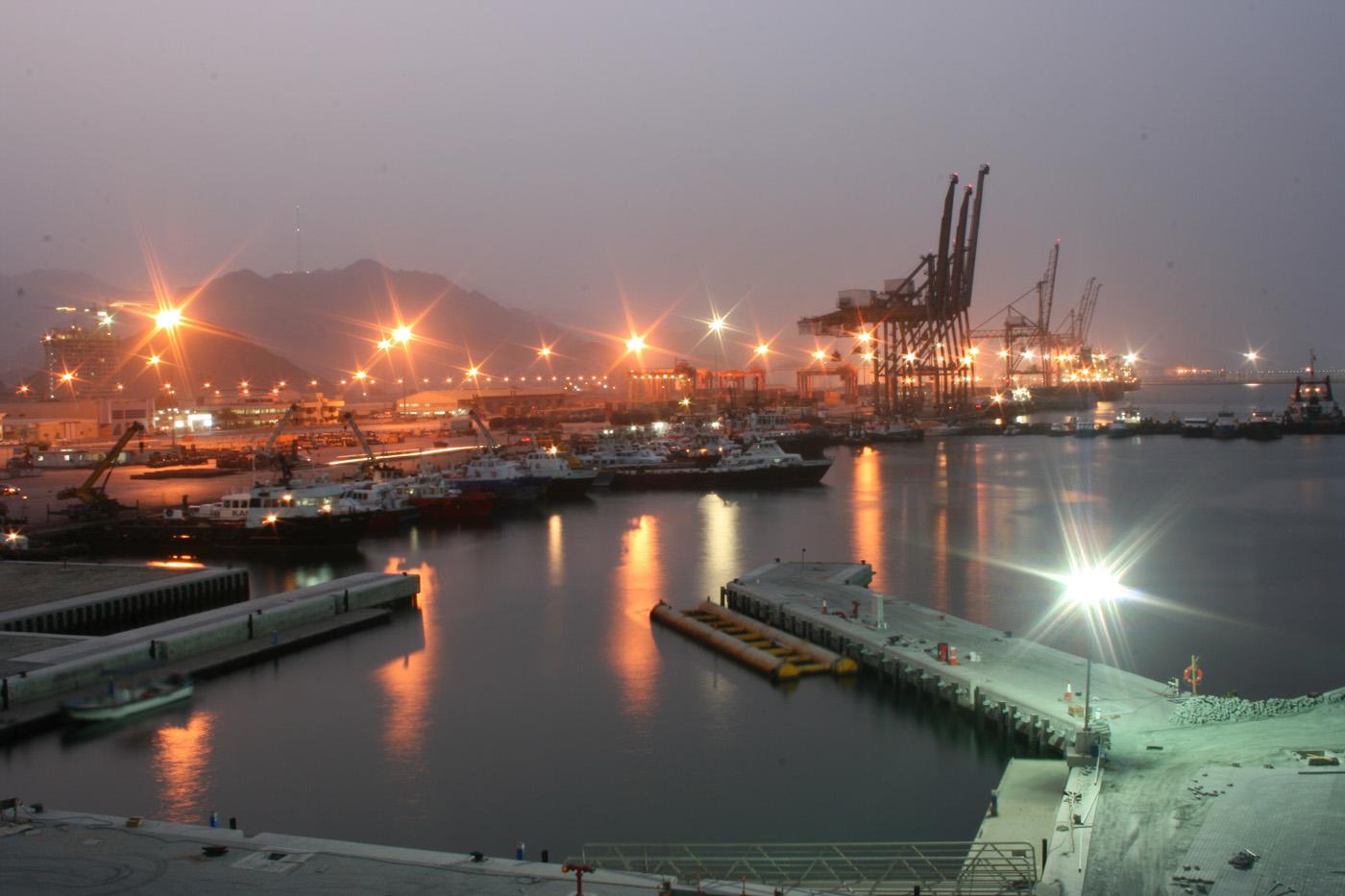
As the largest port on the east coast of the UAE, Fujairah Port is the main deep-water port in the region. It has a coastal breakwater with an average anchorage depth of 16.5 meters. The port has been in operation since 1983 and oil terminals were added in 2006 and 2010. The port is a multi-purpose port close to the Strait of Hormuz.
The port is well connected to the surrounding UAE and is part of the Trans-UAE Highway. It is connected to the Etihad Rail project and provides transport to Dubai, Sharjah, Cape Khaimah, Umm Qaywan, ABU Dhabi, and Al Ain. Key services offered by the port include cargo, container, and oil transport. It is designed to handle general cargoes, project cargoes, bulk cargoes, wet bulk cargoes, fuel, etc.
The port breakwater is divided into North and South zones. There are 2 oil terminals in the North area. The southern district handles maintenance and general cargo handling. As the largest port in the east, it has huge regional importance.
The Habshan-Fujairah pipeline carries three-quarters of the UAE’s oil output, moving an average of 2 million barrels a day. The port also houses the UAE Navy naval base, which provides anti-piracy protection to oil tankers in the region. The port is the second largest refueling center in the world and has extensive facilities for fuel supply and management.
9. Cape Khaimah Port (AERKT) Cape Khaimah
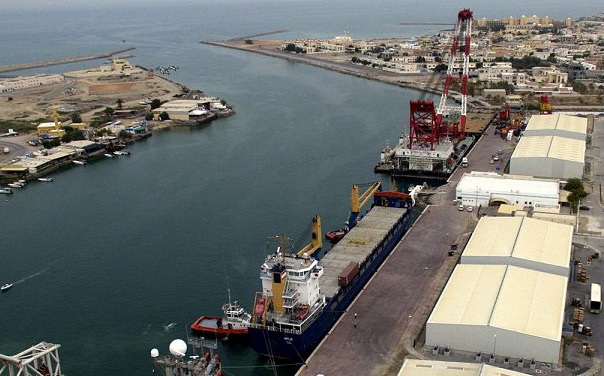
As one of the northernmost ports in the UAE, Cape Al Khaimah is an important trading post in the region. Close to the Strait of Hormuz, it is serviced by ships covering parts of Asia, Europe, and Africa. In addition to the main port of Cape Khaimah, the port of Cape Khaimah includes several smaller ports, such as Minasakir and the port of the Mina Peninsula.
As a modern port, Cape Khaimah has several free port zones that provide operating space for several international companies, as well as storage for various shipping companies. There are provisions for handling general cargo, liquid, and bulk cargo, as well as refrigerated cargo. The port of Cape Khaimah has cruise ships and passenger terminals that cater to much of the regional tourism industry.
The port of Minasakir is further north and handles cargo and commercial traffic. The Cape Khaimah Maritime Training Centre is close to the port. It has a Free port area, formerly known as Cape Khaimah Maritime City, with plenty of storage space.
The main cargo transported through Saqr is construction materials. The Al Jazeera Port is located south of the main Cape Al Khaimah facility and handles maintenance and ship services. It operates shipyards with advanced equipment and machinery. There are also docks nearby for pleasure boats, yachts, and private boats.
10.Port Khalid (AEKHL) Sharjah
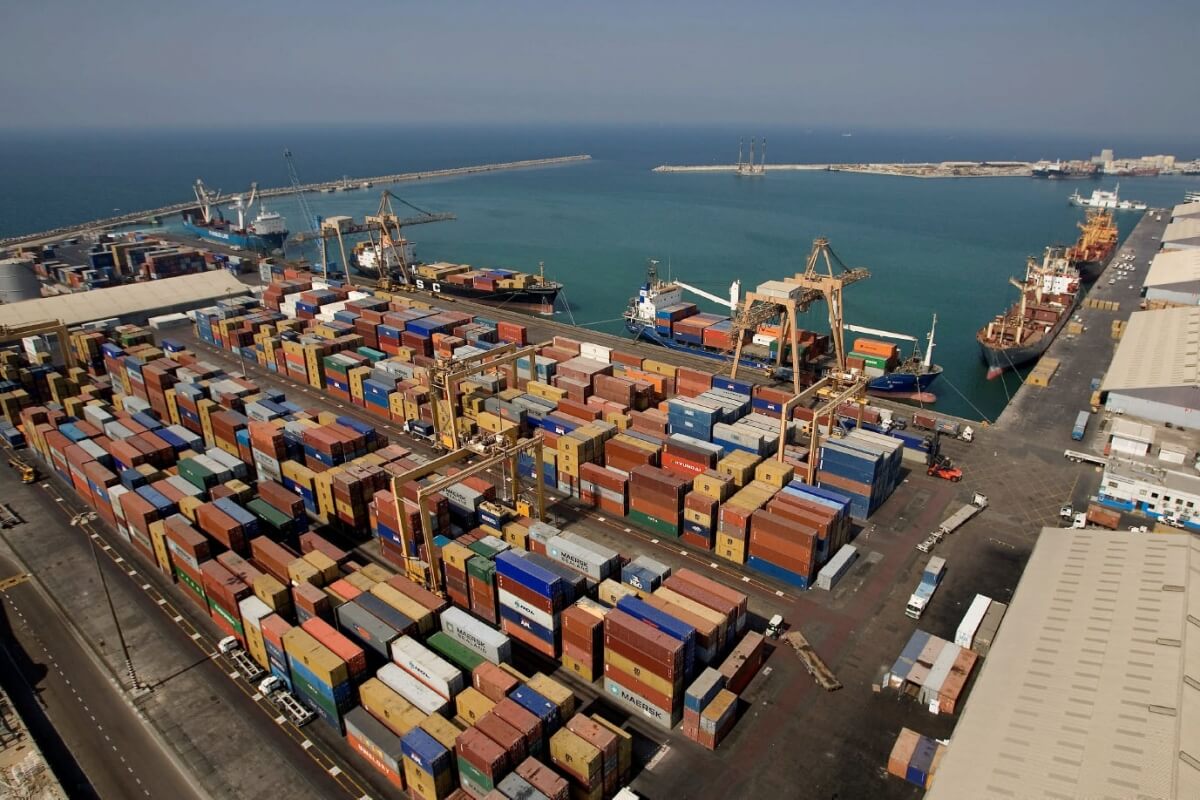
As one of Sharjah’s major ports, the Minah Khalid Port is designed to handle cargo such as general cargo, dry cargo, liquid, bulk cargo, and containers. The port, along with Hamriyah and Khor Fakkan, is operated by the Seaport and Customs Department.
The port has extensive storage facilities that can accommodate all types of cargo. These include cold storage, cold storage areas, bulk cargo storage areas, etc. The adjacent oil terminal has also boosted the port’s productivity.
It currently operates 33 multi-purpose berths, including 21 general cargo berths. The rest handle groceries. Located at berths 1 to 3, the container terminals are operated by Gulftainer and are adjacent to the Khor Al Fakkan container terminal. Berths 4-8 handle general and ro-ro cargoes. Berths 9-13 carry out maintenance and process bulk oil. Berths 14-16 can handle refrigerated cargoes and timber cargoes. Berths 16 and 17 hold grain storage via on-site silos. Berths 18 handle oil shipments and berths 19-21 handle oil tankers.
Mina Khalid also owns an inland container yard (known as ICD) that is connected to the rest of Sharjah. It is also connected by road to other emirates in the UAE. The port serves the Sharjah Airport Free Zone and the Hamouriya Free Zone and is located on an important trade route to the Indian Ocean. The port also serves more than 1.2 billion people and has a very long turnaround time for incoming ships. It has advanced facilities and auxiliary services such as pilotage, tugboats, and loading and unloading attached to the port.

Young Chiu is a seasoned logistics expert with over 15 years of experience in international freight forwarding and supply chain management. As CEO of Dantful International Logistics, Young is dedicated to providing valuable insights and practical advice to businesses navigating the complexities of global shipping.

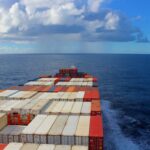
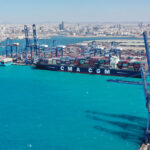
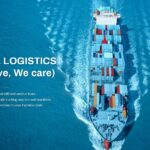
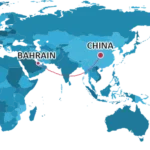
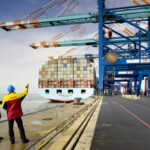
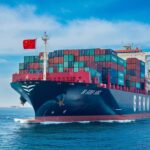
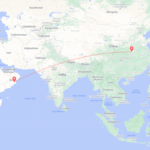
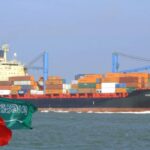

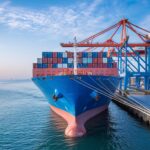
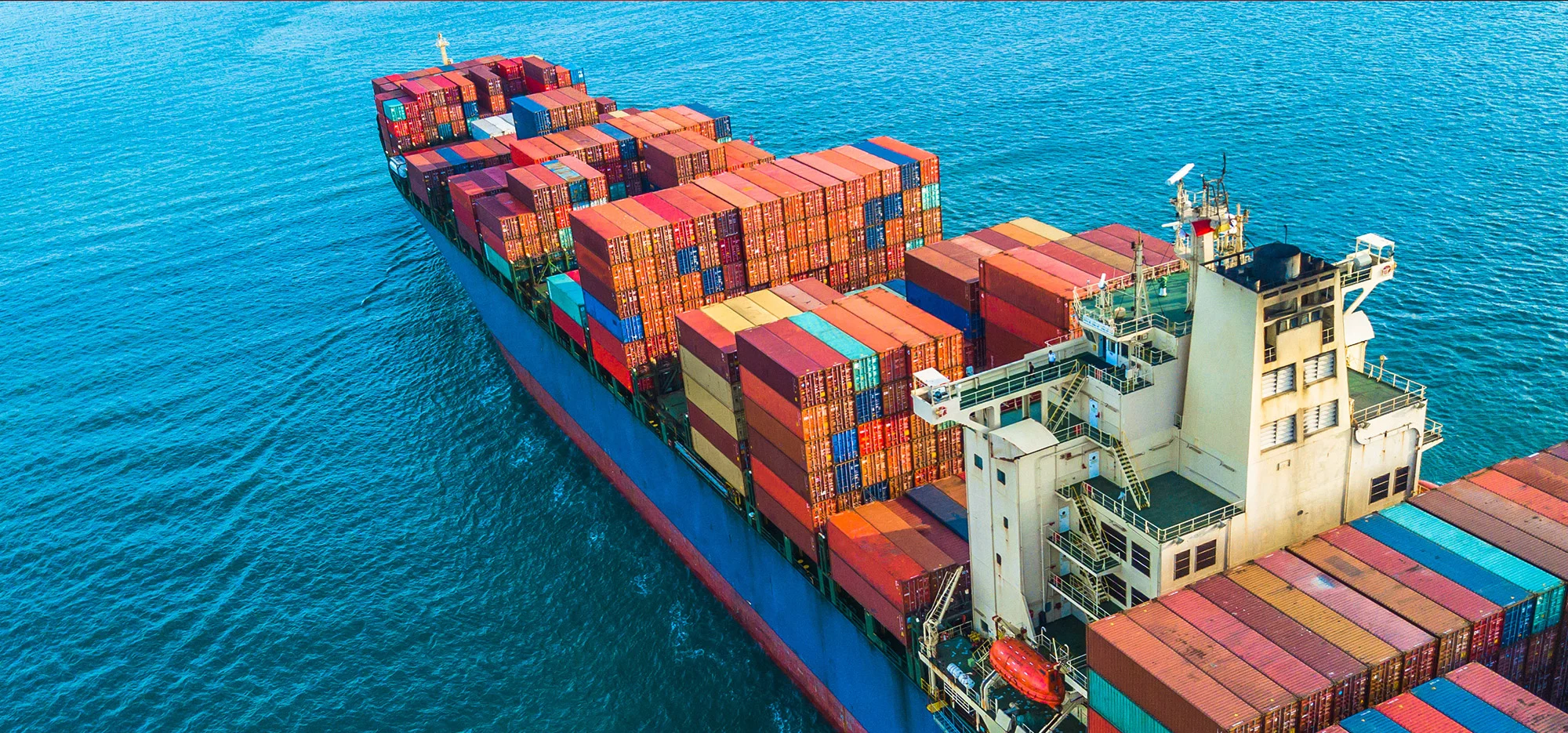
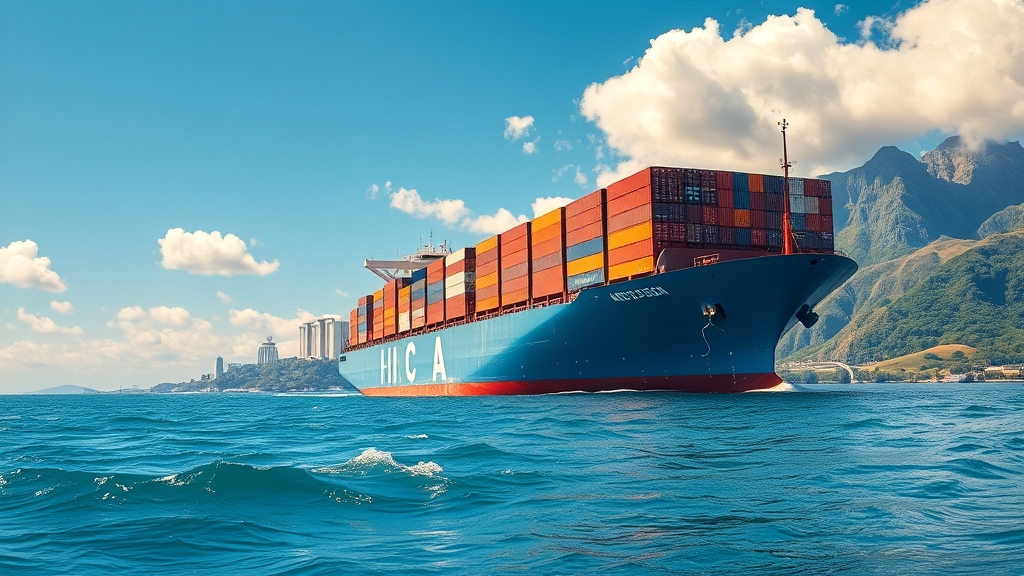

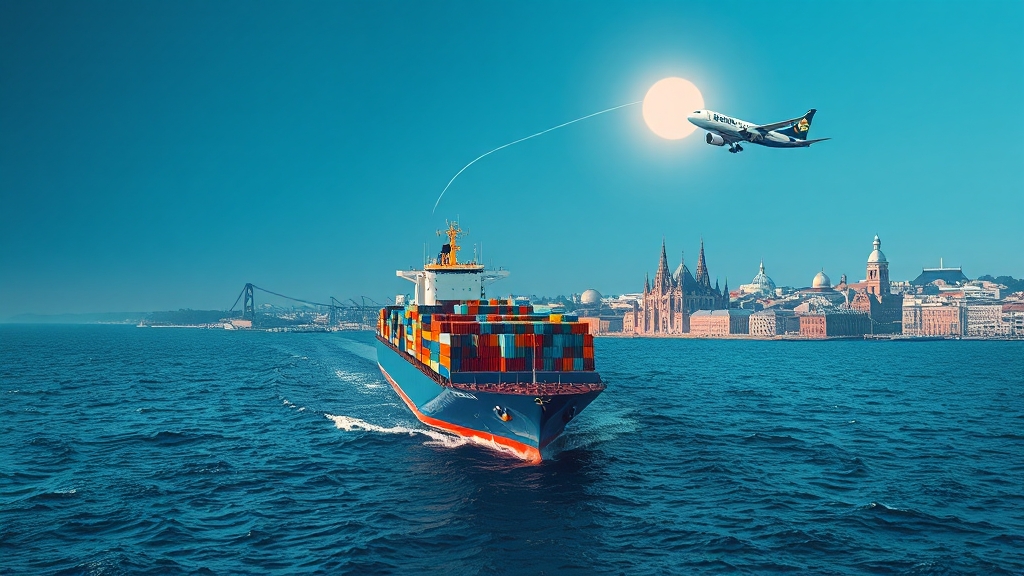
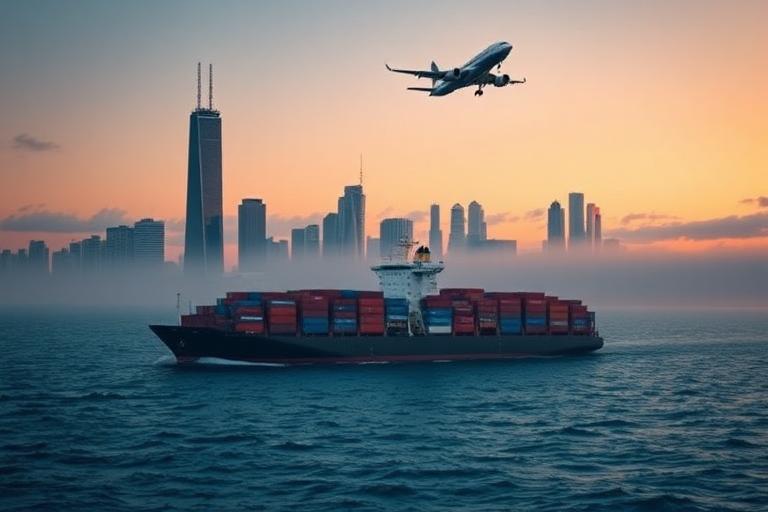





 Afrikaans
Afrikaans Shqip
Shqip አማርኛ
አማርኛ العربية
العربية Հայերեն
Հայերեն Azərbaycan dili
Azərbaycan dili Euskara
Euskara Беларуская мова
Беларуская мова বাংলা
বাংলা Bosanski
Bosanski Български
Български Català
Català Cebuano
Cebuano Chichewa
Chichewa 简体中文
简体中文 繁體中文
繁體中文 Corsu
Corsu Hrvatski
Hrvatski Čeština
Čeština Dansk
Dansk Nederlands
Nederlands English
English Esperanto
Esperanto Eesti
Eesti Filipino
Filipino Suomi
Suomi Français
Français Galego
Galego ქართული
ქართული Deutsch
Deutsch Ελληνικά
Ελληνικά Kreyol ayisyen
Kreyol ayisyen Harshen Hausa
Harshen Hausa Ōlelo Hawaiʻi
Ōlelo Hawaiʻi עִבְרִית
עִבְרִית हिन्दी
हिन्दी Hmong
Hmong Magyar
Magyar Íslenska
Íslenska Igbo
Igbo Bahasa Indonesia
Bahasa Indonesia Gaeilge
Gaeilge Italiano
Italiano 日本語
日本語 Basa Jawa
Basa Jawa ಕನ್ನಡ
ಕನ್ನಡ Қазақ тілі
Қазақ тілі ភាសាខ្មែរ
ភាសាខ្មែរ 한국어
한국어 كوردی
كوردی Кыргызча
Кыргызча ພາສາລາວ
ພາສາລາວ Latin
Latin Latviešu valoda
Latviešu valoda Lietuvių kalba
Lietuvių kalba Lëtzebuergesch
Lëtzebuergesch Македонски јазик
Македонски јазик Malagasy
Malagasy Bahasa Melayu
Bahasa Melayu മലയാളം
മലയാളം Maltese
Maltese Te Reo Māori
Te Reo Māori मराठी
मराठी Монгол
Монгол ဗမာစာ
ဗမာစာ नेपाली
नेपाली Norsk bokmål
Norsk bokmål پښتو
پښتو فارسی
فارسی Polski
Polski Português
Português ਪੰਜਾਬੀ
ਪੰਜਾਬੀ Română
Română Русский
Русский Samoan
Samoan Gàidhlig
Gàidhlig Српски језик
Српски језик Sesotho
Sesotho Shona
Shona سنڌي
سنڌي සිංහල
සිංහල Slovenčina
Slovenčina Slovenščina
Slovenščina Afsoomaali
Afsoomaali Español
Español Basa Sunda
Basa Sunda Kiswahili
Kiswahili Svenska
Svenska Тоҷикӣ
Тоҷикӣ தமிழ்
தமிழ் తెలుగు
తెలుగు ไทย
ไทย Türkçe
Türkçe Українська
Українська اردو
اردو O‘zbekcha
O‘zbekcha Tiếng Việt
Tiếng Việt Cymraeg
Cymraeg יידיש
יידיש Yorùbá
Yorùbá Zulu
Zulu